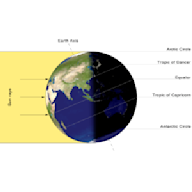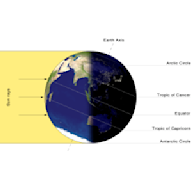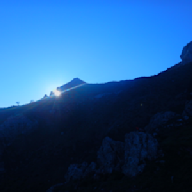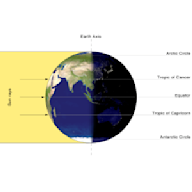Search results
Traditionally, in temperate regions (especially Europe), the summer solstice is seen as the middle of summer and referred to as midsummer; although today in some countries and calendars it is seen as the beginning of summer. On the summer solstice, Earth's maximum axial tilt toward the Sun is 23.44°. Likewise, the Sun's declination from the ...
Mar 28, 2024 · Learn about the astronomical definition and facts of the summer solstice, when the Sun reaches its highest point in the sky. Discover how different cultures celebrate this day, such as Midsummer in Scandinavia and June in the Gregorian calendar.
- The Editors of Encyclopaedia Britannica
Aug 10, 2017 · Learn about the origins, traditions and celebrations of the summer solstice, the longest day of the year in the Northern Hemisphere. Discover how ancient and modern cultures around the world mark this astronomical event with bonfires, festivals and rituals.
Sep 26, 2022 · The summer solstice marks the official start of astronomical summer and the longest day of the year. It occurs when one of Earth's poles is tilted toward the sun at its most extreme angle, and...
Learn when the summer solstice occurs in the Northern and Southern Hemisphere in 2024, and how it affects the length of days and seasons. Find out about summer traditions, folklore and alternative definitions of summer.
Jun 21, 2011 · Learn about the astronomical first day of summer in the Northern Hemisphere, which occurs on Thursday, June 20, 2024, at 4:51 P.M. EDT. Find out how the Sun's path, Earth's tilt, and seasons are related to the solstice.
4 days ago · last updated 17 May 2024. What is the summer solstice, and when does it happen? The longest day of the year falls on either June 20 or 21 every year in the Northern Hemisphere. Here's everything...





